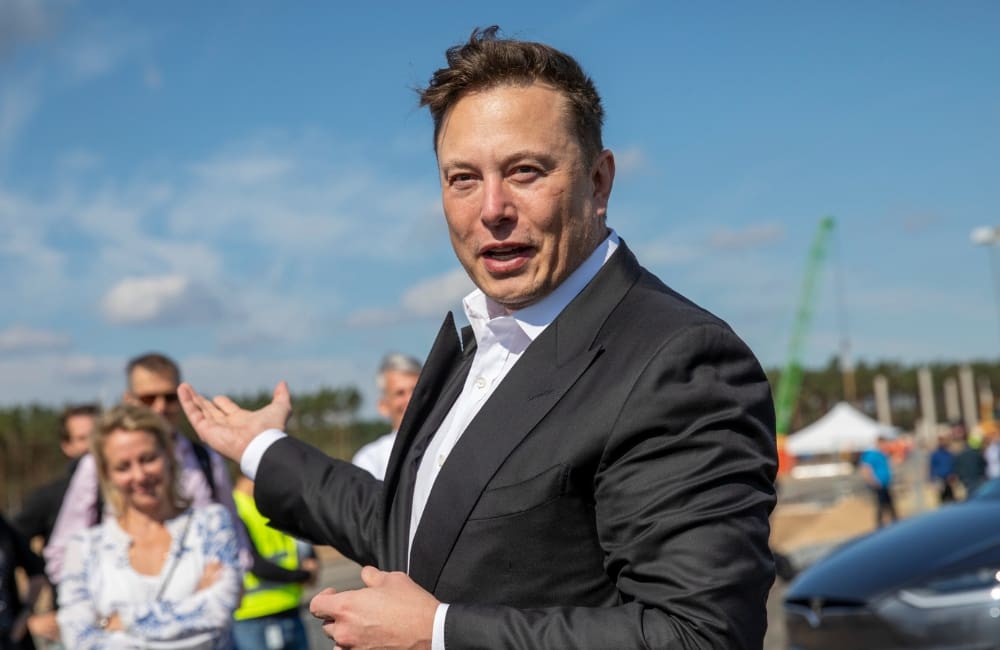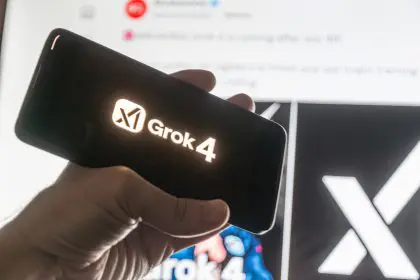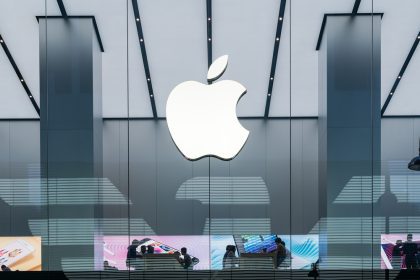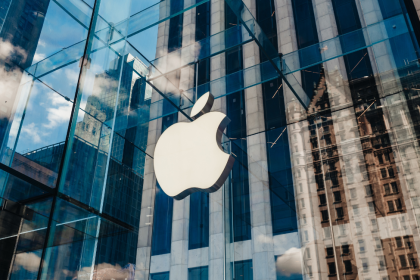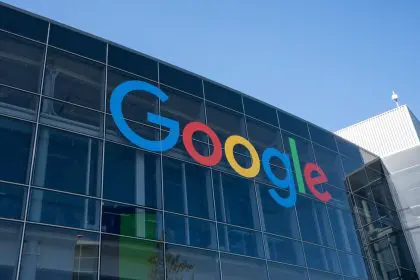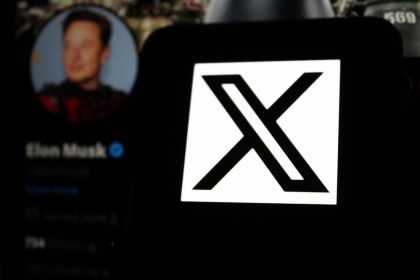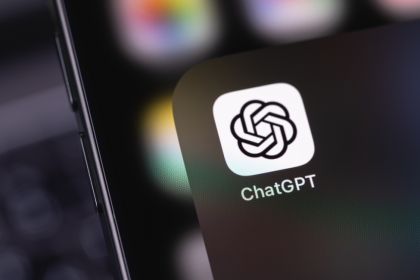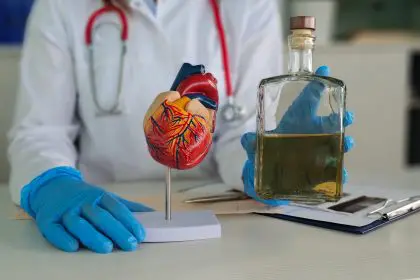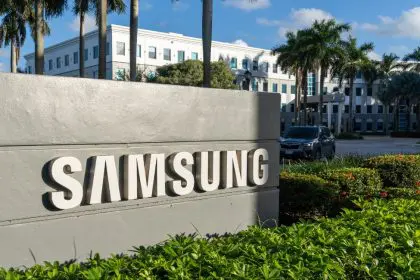Elon Musk‘s Neuralink has successfully implanted a wireless brain chip in a human being for the first time.
The billionaire has taken to social media to reveal that initial results from the procedure are “promising.”
“The first human received an implant from @Neuralink yesterday and is recovering well. Initial results show promising neuron spike detection,” he wrote on X.
Neuralink’s long-term ambition is to connect human brains to computers. The firm ultimately hopes to help fight complex neurological problems.
“The first @Neuralink product is called Telepathy. Enables control of your phone or computer, and through them almost any device, just by thinking. Initial users will be those who have lost the use of their limbs. Imagine if Stephen Hawking could communicate faster than a speed typist or auctioneer. That is the goal,” Musk added.
Meanwhile, the billionaire business owner previously claimed that AI technology poses a potential risk to humanity.
“We are seeing the most disruptive force in history here,” the Tesla boss told the BBC in 2023.
On the other hand, Musk suggested that AI technology could help to transform the labor market.
“There will come a point where no job is needed. You can have a job if you want one for personal satisfaction, but AI will do everything,” he shared.
Musk acknowledged that there are still pros and cons to embracing AI.
“I don’t know if that makes people comfortable or uncomfortable. If you wish for a magic genie, that gives you any wish you want, and there’s no limit. You don’t have those three wish limits nonsense, it’s both good and bad. One of the challenges in the future will be how do we find meaning in life.” the outspoken billionaire, who acquired X — formerly known as Twitter — in 2022, explained.

